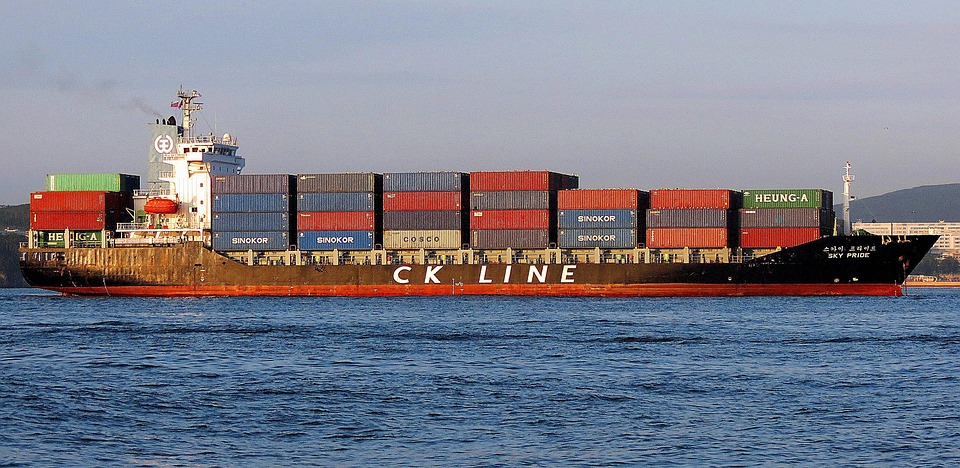The commodity markets have been experiencing significant shifts in recent times, with sentiment swings affecting the prices of various commodities. These shifts are often driven by a combination of factors, including changes in supply and demand, geopolitical events, and economic trends. In order to navigate these markets effectively, it is essential to track the latest sentiment swings and understand the underlying factors driving them.
One of the key commodities that has been experiencing significant volatility is oil. The price of oil has been affected by a range of factors, including changes in global demand, production levels, and geopolitical tensions in major oil-producing regions. According to a report by Bloomberg, the price of oil has been trending upwards in recent months, driven by increased demand from countries such as China and India. However, the report also notes that the market remains highly volatile, with prices susceptible to sudden swings in response to changes in global events. For more information on oil market trends, visit OilPrice.
Another commodity that has been experiencing significant sentiment swings is gold. The price of gold has traditionally been seen as a safe-haven asset, with investors often turning to it in times of economic uncertainty. According to a report by Kitco, the price of gold has been trending upwards in recent months, driven by concerns over global economic growth and trade tensions. However, the report also notes that the market remains highly volatile, with prices susceptible to sudden swings in response to changes in investor sentiment. For more information on gold market trends, visit World Gold Council.
The agricultural commodity markets have also been experiencing significant sentiment swings, with prices affected by a range of factors including weather patterns, crop yields, and trade policies. According to a report by USDA, the prices of commodities such as corn and soybeans have been trending upwards in recent months, driven by strong demand from countries such as China. However, the report also notes that the market remains highly volatile, with prices susceptible to sudden swings in response to changes in weather patterns and trade policies. For more information on agricultural commodity market trends, visit Agriculture.com.
The metals markets have also been experiencing significant sentiment swings, with prices affected by a range of factors including changes in global demand, production levels, and trade policies. According to a report by LME, the prices of metals such as copper and aluminum have been trending upwards in recent months, driven by strong demand from countries such as China. However, the report also notes that the market remains highly volatile, with prices susceptible to sudden swings in response to changes in global events. For more information on metals market trends, visit Metal Bulletin.
In conclusion, the commodity markets have been experiencing significant shifts in recent times, with sentiment swings affecting the prices of various commodities. These shifts are often driven by a combination of factors, including changes in supply and demand, geopolitical events, and economic trends. In order to navigate these markets effectively, it is essential to track the latest sentiment swings and understand the underlying factors driving them. By staying informed and up-to-date on the latest market trends and analysis, investors and traders can make more informed decisions and minimize their risk exposure.
For more information on commodity market trends and analysis, visit Reuters and CNBC.
Frequently Asked Questions
Q: What are the main factors that affect commodity prices?
A: The main factors that affect commodity prices include changes in supply and demand, geopolitical events, and economic trends. For more information, visit Investopedia and The Balance.
Q: How can I track the latest sentiment swings in the commodity markets?
A: You can track the latest sentiment swings in the commodity markets by following reputable sources such as Bloomberg and Reuters, and by staying up-to-date on the latest market news and analysis.
Q: What are the most volatile commodity markets?
A: The most volatile commodity markets include the oil, gold, and agricultural commodity markets. These markets are often affected by a range of factors, including changes in global demand, production levels, and trade policies. For more information, visit OilPrice and Agriculture.com.
Q: How can I minimize my risk exposure in the commodity markets?
A: You can minimize your risk exposure in the commodity markets by staying informed and up-to-date on the latest market trends and analysis, and by diversifying your portfolio to include a range of different commodities and assets. For more information, visit Investopedia and NerdWallet.
Q: What are the benefits of investing in commodity markets?
A: The benefits of investing in commodity markets include the potential for high returns, diversification, and hedging against inflation. For more information, visit Investopedia and The Balance.





